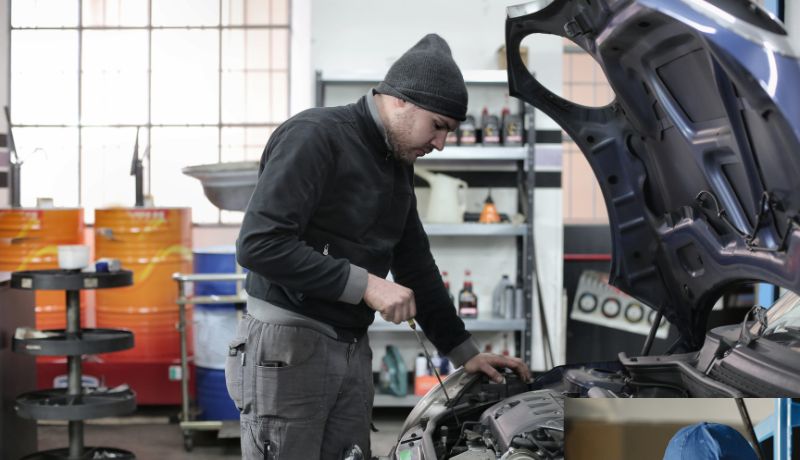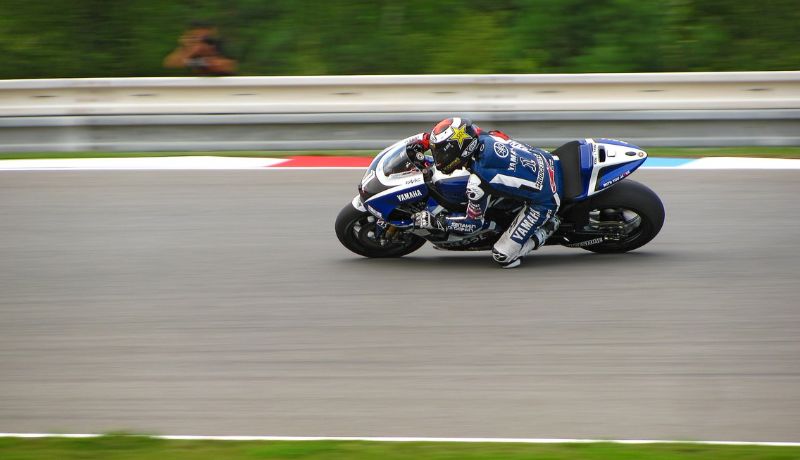
Nismo sells 80 per cent of its cars in its Japanese homeland. A stark number on paper, but a thoroughly believable one when you consider its current presence – or lack thereof – in Europe. Rewind a decade and its three-car line-up spanned volume, intrigue and superstar quality. No need to state that the Juke Nismo, 370 Nismo and GT-R Nismo fell respectively under each of those pillars.
While the former is no true PH hall-of-famer, Nismo shifted enough of them to justify the more boisterous Juke Nismo RS, a relation of the contemporary Clio Trophy but with a manual ‘box in the middle. It wasn’t bad, whatever you made of the looks. A foundation of fast crossovers allows you to keep selling the GT-R cherry on top, too.
Let’s hope this new Ariya Nismo kickstarts a similarly diverse era. It arrives on European shores in January 2025 as that most zeitgeisty of things: an all-electric crossover with a whole ream of active safety initialisms and over 400hp from its dual motors. It’s not the first of its kind on the market and it won’t be the last.
” alt=”” />
” alt=”” />

Good job it looks the part, then. The standard Ariya is an uncommonly pretty EV from the right angles and the Nissan Motorsport makeover manages to be both subtle and worthwhile. The designers say the aesthetic portrays dual personalities – classy up top, but racier downstairs amongst the splitters and skirts, the red striping representing the boundary in between. The aero bits work, too – downforce is up 40 per cent on a stock Ariya with no impact on its 0.30 drag coefficient – although Nismo won’t be drawn on precise numbers beyond that.
The suspension has had a makeover, too; three per cent stiffer up front, ten at the rear, while the torque split of the dual motors’ e4ORCE four-wheel-drive system is now more biased towards the back, albeit variable to the road surface beneath. The front takes a maximum of 60 per cent, the rear 75, though with the motors operating independently, this merely comes from one motor being dimmed rather than torque being smartly shuffled around. There are no RWD-only drift shenanigans, though the stability control reins have been loosened a little.
Power is punchy but some way behind a Hyundai Ioniq 5 N, the car that most naturally nominates itself as a rival even if Nismo’s followed a different path. Peaks of 435hp and 442lb ft aren’t up massively on the Ariya Evolve+ perched below, thus 0-62mph takes a modest (comparative to rivals) five seconds flat. The engineers make a bigger deal of its 50-70mph time of 2.4 seconds, which is quicker than a Z Nismo.
” alt=”” />

Reality backs it up. Acceleration from a standstill won’t drop your jaw, but the ‘in-gear’ performance is properly sprightly. The linearity of its performance also betrays a car that’s best driven shy of full commitment, when its relatively supple ride and light but largely feel-free steering result in a car less frantic than the Hyundai. Low speed imperfections can occasionally rattle through the car but it broadly lollops along as well as you’d dare hope given its mass and 20-inch Enkei wheels.
There are no simulated gearchanges or combustion noises to distract (or intrigue) you but there’s reward to be had from digging more into the Ariya’s dynamics. It resists understeer remarkably well for a 2.2-ton lump and you can tuck it neatly into corners and get straight on the throttle to power out, an occasional flourish of wheelspin if you’re really keen. Though I couldn’t always work out from which axle. Your best bet for discovering how the torque is split is largely via a dashboard display, which says a lot about how rich (or otherwise) the dialogue is from your usual touchpoints.
It’ll oversteer too, albeit with more loutish inputs and some insouciance towards its length and mass. Which brings us onto the main bugbear that keeps this car in the ‘good’ populace of performance EVs rather than the ‘great’: Nismo hasn’t uprated the brakes. It’s retuned the ABS, we’re told, but the discs and calipers haven’t physically bulked up. The whiff of overworked metal emanated after a small string of corners and my trust in the brakes to truly bite hard waned soon after. You can still have fun, just in a demure and mindful way. Selecting the strong regen of its E-Pedal setting does help you avoid the left pedal for much of the time, at least.
While this Ariya is a pricier product than that old Juke (the UK tag is TBC, but let’s assume a mite north of £60,000), a revisit of our 2015 Nismo RS review reveal some parity between the two. “How many Juke Nismo RS customers will know of 400R Skylines and Z-Tune 350Zs? Few, you would imagine,” a younger – but no less tall – Matt Bird said. “Nismo fans probably aren’t Juke fans and vice versa. It’s a strange idea in principle to bring them together and one that’s equally bemusing on the road; some parts feel encouragingly Nismo-fettled and others still feel like a Juke.”
So feels the Ariya, which sits at the lighter end of performance makeovers, but potentially to its benefit as a daily proposition – a decent WLTP range figure from its 87kWh battery pending, of course, especially when max DC charging is a modest 130kW.
It looks good, has a uniquely Zen interior and offers strong performance without being gauche. There’s also a charm, romanticism and 40 years of history to Nismo that, for anyone brought up on Best Motoring, Gran Turismo and ‘Ring lap times, might just swing a buying decision in the Ariya’s favour if you’re seeking a company car with a twist rather than an outright enthusiast purchase.
A new GT-R will almost certainly play the role of halo, too, albeit with a gap between the end of R35 production in 2025 and its arrival. Perhaps a gap that coincides with Nissan coming good on its aim to bring solid-state batteries to market by 2028; surely a vital ingredient in extracting strong enough performance from an electrified powertrain without truly buggering up the weight.
“Solid-state technology solves a lot of the problems of EV batteries such as density, heat etc,” says Nissan product chief Pierre Loing. “Those vehicles with 150 or 200kWh batteries? It’s a nonsense – the weight, the cost, the big wheels and tyres and brakes that they need. Solid-state helps us break that cycle.” Perhaps 2023’s striking Hyper Force concept is more of a preview than we first thought.
Whatever comes next to truly sate PHer palates, though, this Ariya is likely a crucial step along the way. It won’t cause Hyundai any restless nights, but it might occupy an interesting enough sliver of the car buying Venn diagram to fill your needs. Maybe, in time, an RS iteration can sharpen up its areas of obvious flab, a la Juke. Either way, it’s nice to have Nismo back.
SPECIFICATION | 2025 NISSAN ARIYA NISMO
Engine: 91 kWh battery (gross figure; 87kWh useable), dual electric motors
Transmission: Single-speed automatic, four-wheel drive
Power (hp): 435
Torque (lb ft): 442
0-62mph: 5.0 seconds
Top speed: TBC, c124mph
Weight: TBC, c2,210kg
MPG: TBC WLTP range, 130kW max charge rate
CO2: 0g/km
Price: TBC, c£65,000Navigate leftNavigate right
1 / 15


